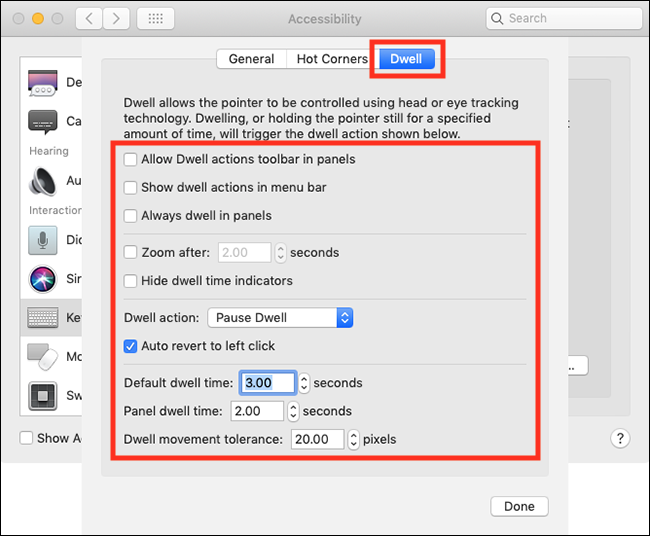

It depends on which Bose speaker you have. Can you connect a speaker to more than one computer? Go to system preferences, Bluetooth, right click on the speaker name and choose “disconnect”. Frequently Asked Questions How do you disconnect the speaker? You can control the volume either with the volume keys on the Macbook, with a keyboard, or with the speaker itself. Step 6: Now the Bose speaker will be used to play the computer audio. The Bose speaker should be selected in the output tab. Step 5: When the connection has been made, you can go to “System Preferences” and Sound. Click the connect button, or right-click and choose “Connect”.
#My computer doesnt have left click mac Bluetooth#
Step 4: The Bose speaker should now show up in Bluetooth settings on your Mac. If it connects to a different device, push it again and make sure it’s in pairing mode. Step 3: Turn on the Bose speaker and push the pair/Bluetooth button. You can also click CMD + space and enter “System Preferences”, then click enter. Step 1: Click on the Apple icon up in the left corner and go to “System Preferences”.

It even includes - wait for it! - a "time remaining" indicator all it's own.2.6 What if I use a Hackintosh/Bluetooth doesn’t work on my Mac? For me, it's more trouble and stress than it's worth, but if you love to micromanage that stuff, FruitJuice is awesome at it.
#My computer doesnt have left click mac pro#
So, here are your options.įruitJuice is a an app that tries to help you optimize battery life on your MacBook, MacBook Air, or MacBook Pro by keeping detailed records, analyzing them, and recommending best practices based on them. The numbers third party apps get from the API doesn't always match the number Apple shows, but if you're this far down already you skipped my advice about ignoring this lunacy and really want a readout. In addition to its own "time remaining" metric, Apple provides an application developer interface (API) for developers so they can pull a "time remaining" number as well and use it in their own apps. Launch Activity Monitor with Spotlight, LaunchPad, or Finder.Look at Time Remaining at the bottom of Activity Monitor, once it launches. Click on the name of an app using significant energy.Click on the on the Battery icon on the right of the Menubar.Though "time remaining" is gone from the Menubar, it remains in Activity Monitor. When Apple introduced battery shaming - sorry, "apps using significant energy" - on the Mac, they set it up so that it could take you to Activity Monitor, where more specific information was available. If your experience has been different or you simply really, truly, want to see "time remaining" on your MacBook, read on. After a week or so, you'll figure out what that means just like iPhone and iPad. Pretend it doesn't exist and stick with the percentage. What you're getting is a constant source of stress. You might think it's useful to have a rough idea of how much work time you have left, but that's not what you're getting.

You'll see it go from an impossible 14:21 to a stress-inducing 1:35 and back with the launch or closing of an app or the start or completion of a task. It's almost impossible to correctly guestimate how much time is left on a battery in a highly dynamic environment but, worse, Apple's battery API has been wonky for a while. When you click on it, though, you get an estimate of how much time is left - 4:35 remaining, for example. The Mac's menubar shows the percentage of battery life left, just like iOS. Here's what I wrote in my MacBook battery life troubleshooting tip: (3 hours into using it on airplane Wi-Fi, primarily Notes + Safari.) /cT6WAjDvMe- Rene Ritchie 🖇 November 30, 2016 Oh 13-inch MacBook Pro with Touch Bar, you tease…


 0 kommentar(er)
0 kommentar(er)
